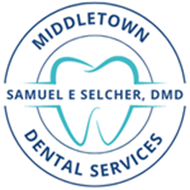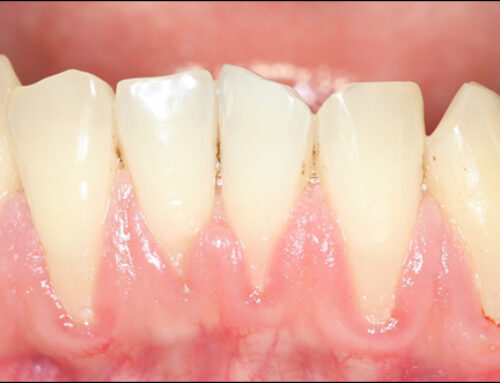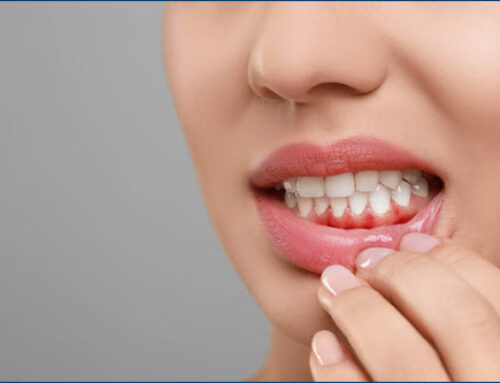Gum recession and gum disease weaken gum tissue and threaten tooth stability. Plaque buildup and poor oral hygiene increase gum sensitivity and inflammation. Gum recession exposes tooth roots, increasing sensitivity to hot, cold, and sweet foods. Untreated gum disease causes gum tissue loss and tooth shifting. Early detection and treatment strengthen gums and improve tooth attachment. Brushing, flossing, and regular dental cleanings prevent plaque buildup and reduce gum recession. Stronger gums support better chewing comfort and bite strength. Understanding how gum disease and recession develop helps prevent long-term dental damage. Let’s explore how to protect your gums and maintain a healthy smile.
What Is Gum Recession?
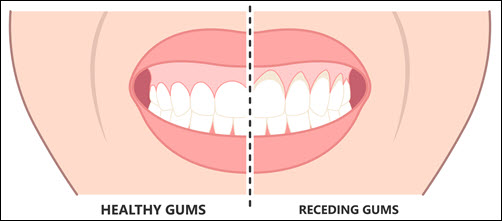 Gum recession occurs when gum tissue pulls back from the teeth, exposing tooth roots. Poor brushing technique and gum disease increase recession risk. Aggressive brushing damages gum tissue and weakens gum attachment. Gum recession creates gaps where plaque and bacteria collect. Exposed tooth roots increase sensitivity to temperature and sugar. Receding gums create an uneven gumline and reduce smile symmetry. Without treatment, gum recession leads to loose teeth and tooth loss. Professional gum grafting restores lost gum tissue and protects tooth roots. Proper brushing and flossing prevent further gum recession. Stronger gums improve tooth stability and chewing strength.
Gum recession occurs when gum tissue pulls back from the teeth, exposing tooth roots. Poor brushing technique and gum disease increase recession risk. Aggressive brushing damages gum tissue and weakens gum attachment. Gum recession creates gaps where plaque and bacteria collect. Exposed tooth roots increase sensitivity to temperature and sugar. Receding gums create an uneven gumline and reduce smile symmetry. Without treatment, gum recession leads to loose teeth and tooth loss. Professional gum grafting restores lost gum tissue and protects tooth roots. Proper brushing and flossing prevent further gum recession. Stronger gums improve tooth stability and chewing strength.
Causes of Gum Recession and Gum Disease
Poor oral hygiene allows plaque to build up along the gumline. Plaque hardens into tartar, which irritates and inflames gum tissue. Smoking reduces blood flow to gums, slowing healing and increasing sensitivity. Misaligned teeth create uneven pressure on gums, increasing recession risk. Teeth grinding (bruxism) places pressure on gums, weakening attachment. High-sugar diets increase plaque formation and bacterial growth. Poorly fitted dental work and misaligned bites increase gum irritation. Certain medications reduce saliva flow, increasing dry mouth and plaque buildup. Stress weakens the immune system, increasing gum sensitivity and inflammation. Identifying and treating the causes strengthens gum health and prevents complications.
Signs and Symptoms of Gum Disease and Recession
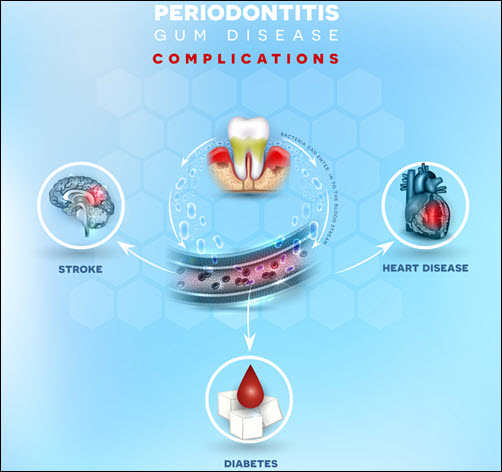
Red, swollen gums signal early gum disease. Bleeding during brushing and flossing indicates gum inflammation and sensitivity. Gum tenderness increases discomfort when eating hot or cold foods. Receding gums create visible tooth roots and uneven gumlines. Persistent bad breath results from plaque and bacteria trapped under the gums. Loose teeth and widening gaps signal advanced gum disease. Deep gum pockets form as gum tissue weakens. Pain while chewing signals weakened gum attachment and tooth instability. Increased plaque buildup along the gumline worsens inflammation. Early detection improves treatment success and strengthens gum health. Healthy gums increase tooth stability and overall comfort.
How to Prevent Gum Recession and Gum Disease
Brushing, flossing, and regular dental cleanings prevent plaque buildup and gum inflammation. Use a soft-bristled toothbrush and fluoride toothpaste. Hold the brush at a 45-degree angle to the gumline. Brush using small, circular motions to clean all tooth surfaces. Floss daily to remove plaque from between teeth and under the gumline. Antibacterial mouthwash reduces plaque and freshens breath. Professional dental cleanings every six months remove deep plaque and tartar. Avoid smoking and reduce sugar intake to improve gum strength. Treating teeth grinding with a night guard reduces gum pressure. Stronger gums increase tooth stability and improve chewing comfort.
Treating Gum Disease and Recession
Dentists treat gum disease with professional cleanings and scaling. Scaling removes plaque and tartar from below the gumline. Root planing smooths tooth roots, improving gum attachment. Antibacterial treatments reduce gum inflammation and prevent further plaque buildup. Gum grafting restores lost tissue and protects exposed tooth roots. Treating tooth grinding with a night guard reduces gum strain. Fluoride treatments strengthen enamel and reduce gum sensitivity. Orthodontic treatments correct misalignment and reduce uneven gum pressure. Early treatment prevents gum recession and protects tooth stability. Stronger gum attachment increases chewing comfort and bite strength. Professional care strengthens gum health and prevents tooth loss.
Improving Gum Health Through Daily Care
Brushing and flossing daily protect gum tissue from plaque buildup and inflammation. Soft-bristled toothbrushes prevent gum irritation and enamel wear. Fluoride toothpaste strengthens enamel and reduces plaque formation. Antibacterial mouthwash reduces gum inflammation and improves breath freshness. Drinking water increases saliva flow and reduces plaque buildup. Avoiding hard and sticky foods prevents gum irritation and damage. Reducing sugar intake lowers bacterial activity and plaque formation. Professional cleanings remove tartar and strengthen gum attachment. Better gum health reduces sensitivity and increases tooth stability. Consistent care strengthens gums and improves overall dental comfort.
Boosting Confidence with Stronger Gums
Healthy gums improve smile strength and appearance. Balanced gumlines increase smile symmetry and overall facial balance. Reduced gum inflammation increases chewing comfort and bite strength. Stronger gum attachment improves tooth alignment and stability. Healthy gums create a natural and balanced smile. Reduced plaque and tartar buildup improve breath freshness and dental comfort. Better gum health increases confidence when eating, speaking, and smiling. Proper gum care improves both social and professional comfort. Stronger teeth and gums increase overall dental confidence and health. Healthy gums create a balanced, more attractive smile.
Gum recession and gum disease weaken gum tissue and threaten tooth stability. Poor brushing technique and plaque buildup increase gum sensitivity and inflammation. Proper brushing, flossing, and mouthwash use protect gums and prevent plaque formation. Professional cleanings remove tartar and improve gum attachment. Early detection and treatment prevent gum recession and tooth loss. Treating misalignment and grinding reduces gum pressure and improves tooth stability. Consistent care increases gum strength and bite comfort. Investing in better gum health improves long-term dental health. Stronger gums and healthier teeth create a balanced, confident smile. Improved gum health increases comfort and overall dental strength.
